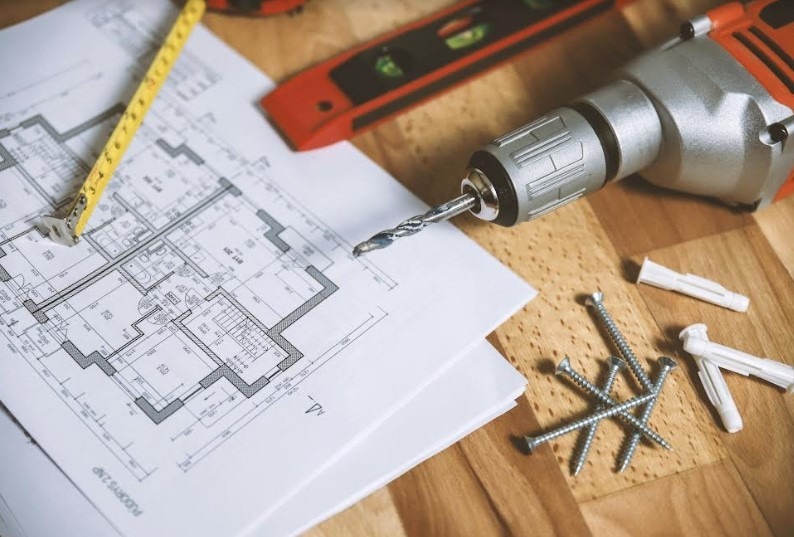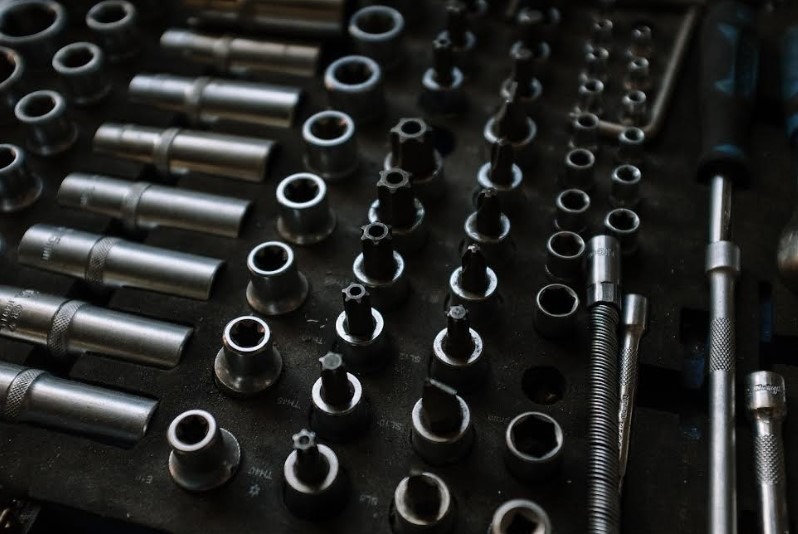Mechanical linear actuators play essential roles in the industrial, automotive, and aerospace industries. They’re used to convert rotary motion into linear motion in a wide variety of systems and environments and come in three main forms. This article will offer a basic introduction to all three, plus a discussion of when to choose ball screws for precision applications.

Types of Linear Actuators
There are three general categories of linear actuators:
- Screw-type
- Wheel-and-axle
- Cam actuators
Dytnatect’s ball screw is an excellent example of a screw-type actuator, which is controlled by the up-and-down motion of the ball screw winding and unwinding. Wheel-and-axle actuators use belts or chains attached to shafts to convert rotary to linear motion. Cam-type actuators move shafts using eccentric circles.
Each of these types of actuators has a different set of applications. What all of them have in common is that they provide safe and clean methods of translating motion with differing degrees of accuracy.
The Basics of Wheel-and-Axle Actuators
With wheel-and-axle actuators, rotating wheels move belts, chains, or cables to produce linear motion. Common examples of this type of actuator include belt and chain drives, hoists, winches, and rack-and-pinion systems. Most of these types of linear actuators can only pull, not push. Screw-type actuators, on the other hand, generate linear force in either direction.
The Basics of Cam Actuators
Cam actuators use wheel-like, eccentric cams to provide thrust at the base of a shaft as they rotate. Unlike wheel-and-axle actuators, cam actuators produce reciprocating or oscillating motion.
One common example of practical uses for cam actuators can be seen in the camshaft of a car. This component is supplied with rotational energy via the engine and then converts it into reciprocating motion to operate the cylinders’ intake and exhaust valves. However, cam actuators have become less popular over time as more accurate and efficient alternatives have emerged.
The Basics of Screw-Type Actuators
To save the best for last, screw-type actuators are based off of one of the initial six simple machines. The basic screw consists of a cylindrical shaft with helical grooves, or threads, that pass across the outside. The threads of the shaft match up with threads on the inside of another object, such as a nut. Basic screw-type actuators have been around for thousands of years, but today’s devices are far more advanced than those of ancient Mesopotamia.
The Benefits of Ball Screws
Ball screws are generally considered the best option for extreme environments. Those include circumstances requiring:
- High accuracy and precision
- High efficiency
- Smooth motion
- Prolonged, continuous use
- High-speed movement
Ball screws offer both high positional accuracy and repeatability. They’re available in many diameters and configurations and can be made much smaller than the alternatives. Ball screws also produce minimal friction, which means they last longer and generate less heat than cam-type or wheel-and-handle actuators.
Ball Screws vs. Lead Screws
Ball screws aren’t the only screw-type actuator available. Lead screws are another popular option. While they are more affordable than ball screws, they are not as accurate, precise, or efficient. Lead screws generate greater amounts of friction, which creates both heat and premature mechanical wear.
Lead screws require greater torque and a larger motor than ball screw actuators. Although they are often better suited for vertical applications, lead screws are not the right solution for any scenario requiring high throughput or speed, nor should they be used in applications with continuous or prolonged cycle times.
Ball screws aren’t perfect, either. They can cause problems in vertical applications and require both braking systems and lubrication. However, they’re also more efficient and need to be replaced much less frequently because they generate less friction.
Common Examples of Ball Screw Applications
Ball screws are very common in industrial manufacturing applications, and with good reason. Today’s machinery doesn’t just have to provide accurate, precise results. Modern manufacturers rely on them to maintain that precision and accuracy, often around the clock, for extremely long production runs. Ball screws are the only type of mechanical linear actuator up to the task.
Although ball screws can be found in just about any factory, that’s certainly not the only place they are preferentially used.
Energy Production
Ball screws are playing an outsized role in the shift to new modes of energy production. They can be found in just about every commercial-scale hydroelectric, solar, or wind power project. Common applications include:
- Adjusting blade pitch and directional position in commercial wind turbines.
- Providing the two to three-axis movements required for accurate solar panel positioning.
- Controlling gates in hydroelectric stations.
Automotive Manufacturing
The automotive manufacturing industry has been using ball screws for many years. Over time, though, these versatile mechanical actuators are finding even more applications.
- Replacing hydraulic systems in new electric vehicles.
- Converting rotary to linear motion in automatic steering systems.
- Using motors’ rotational motion to power the linear motion of the brake pistons in automatic braking systems.
Aviation and Aerospace
Some of the most advanced technologies featuring ball screws can be seen in the aviation and aerospace industries. In these industries, every component must be designed with redundancies in place. For ball screws, that means having multiple load paths. Double-start architecture can be used to produce up to four independent load paths, creating fail-safe features essential for sensitive applications such as:
- Engine thrust reverses
- Propeller pitch controls
- Wing flap positioning
- Horizontal stabilizers
- Main landing gear
And others
How to Choose the Right Mechanical Linear Actuator
There’s a reason that ball screws have become so popular as to be almost ubiquitous across all modern industries. While both wheel-and-axle and cam actuators have specialized uses, screw-type actuators are very versatile. Lead screws are good for applications that don’t require extreme accuracy, but they’re not ideal for every situation.
Ball screws are uniquely suited to precision applications. Designers can even have them custom-built to meet unique specifications. Just be sure to work with a reliable ball screw manufacturer that can guarantee product quality. Otherwise, these unique and versatile products won’t be able to maintain adequate precision and accuracy over time.
Read Also: What Is A Ricer Car?
















Leave a Reply